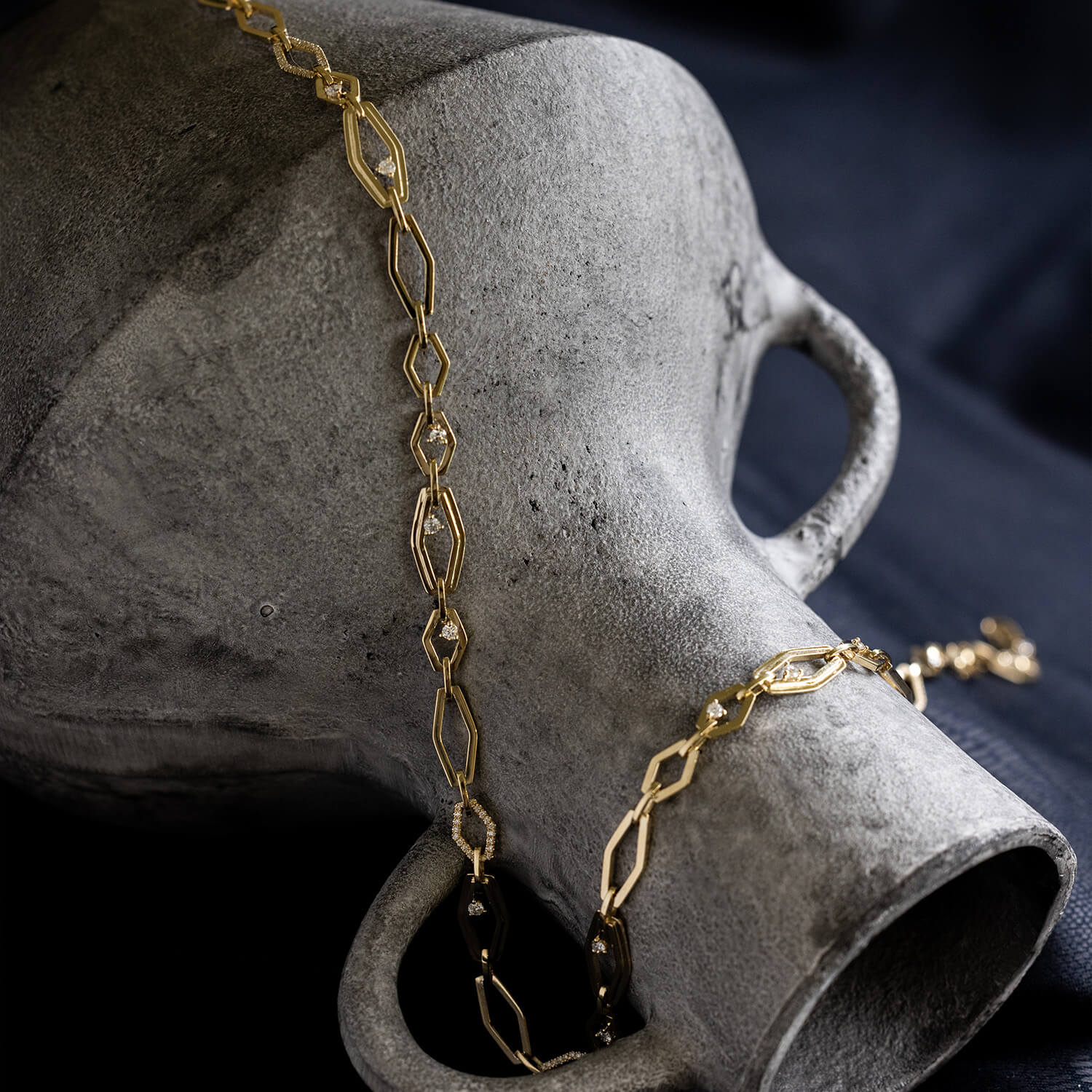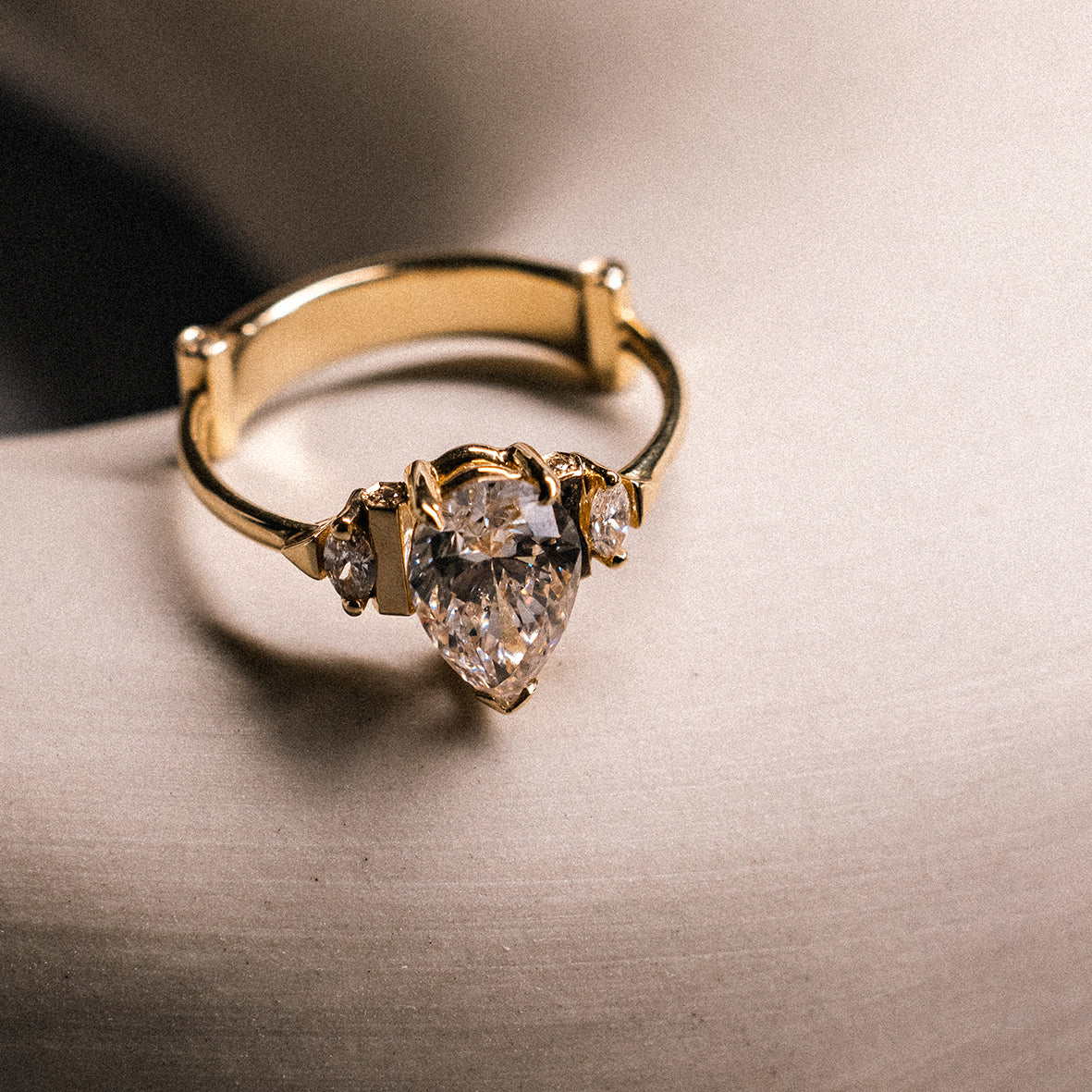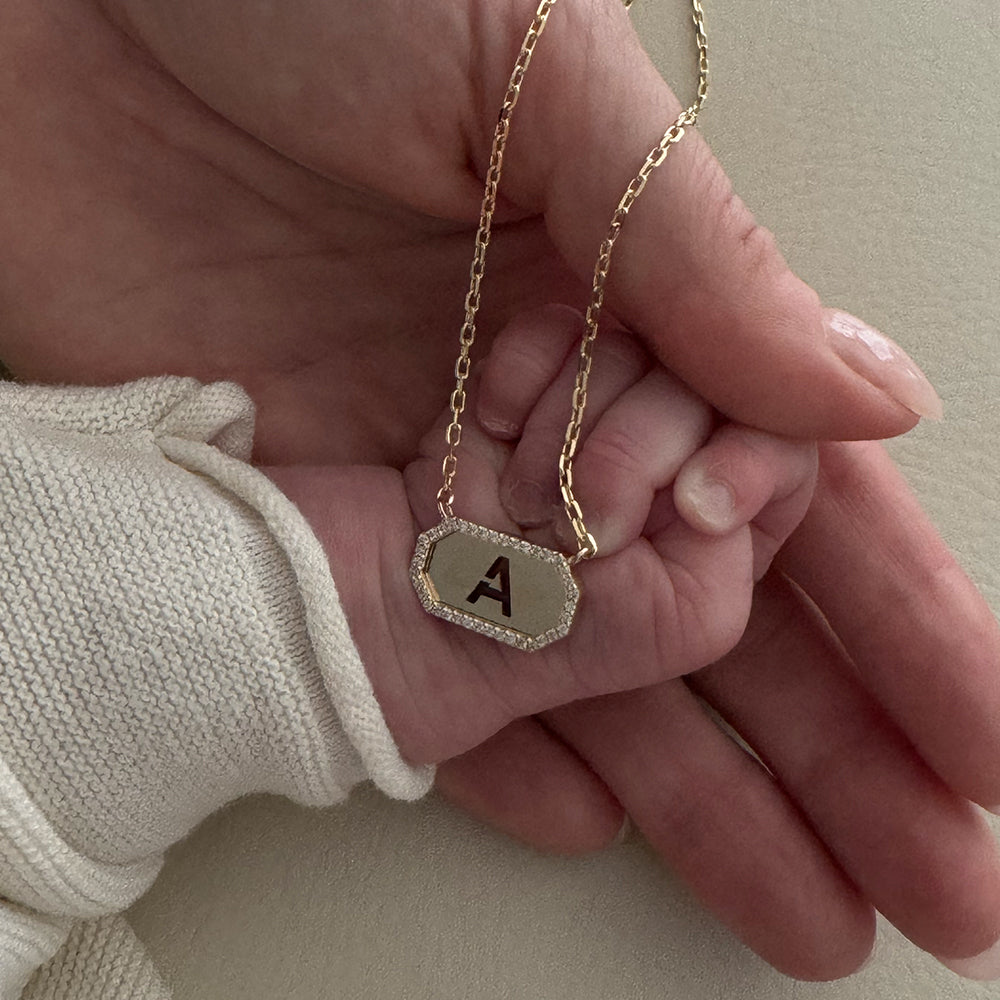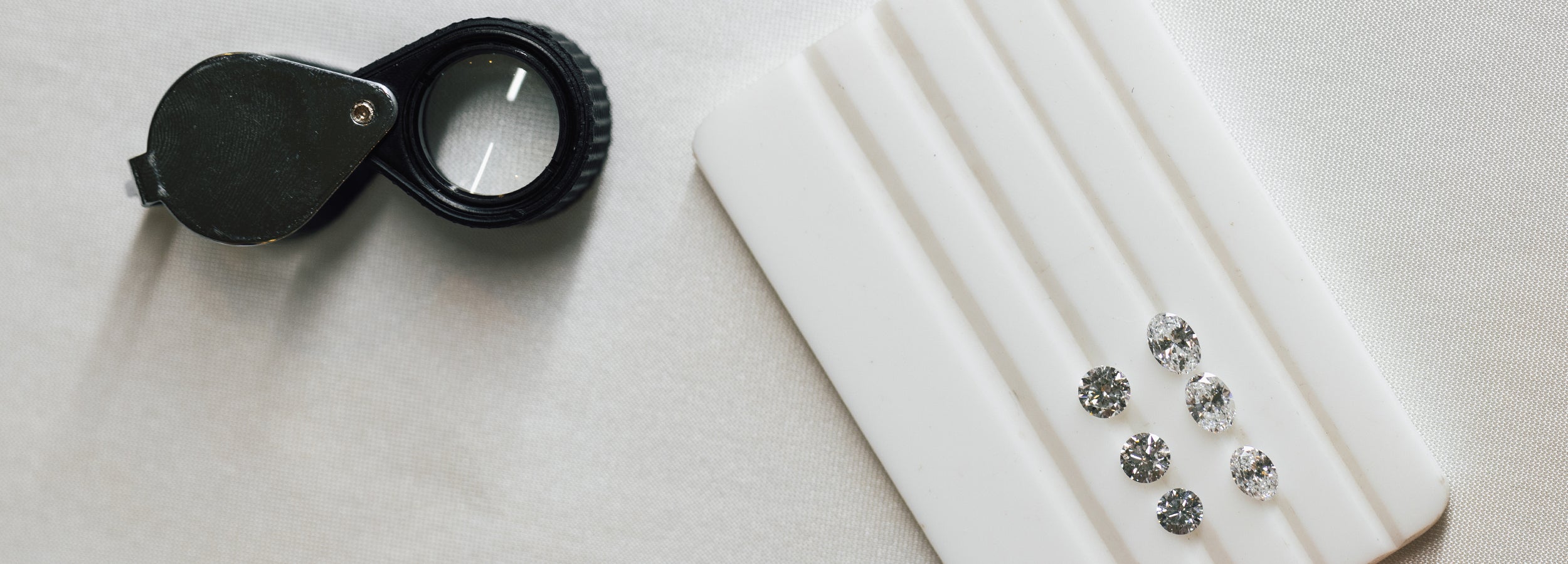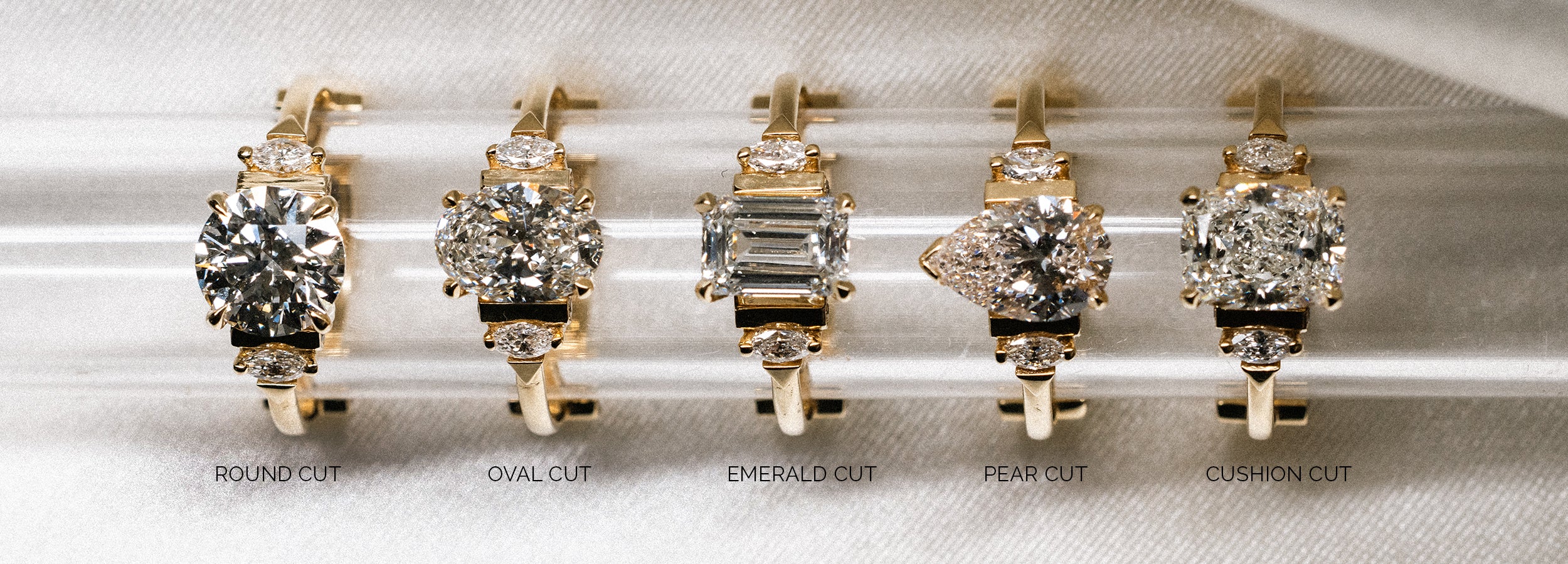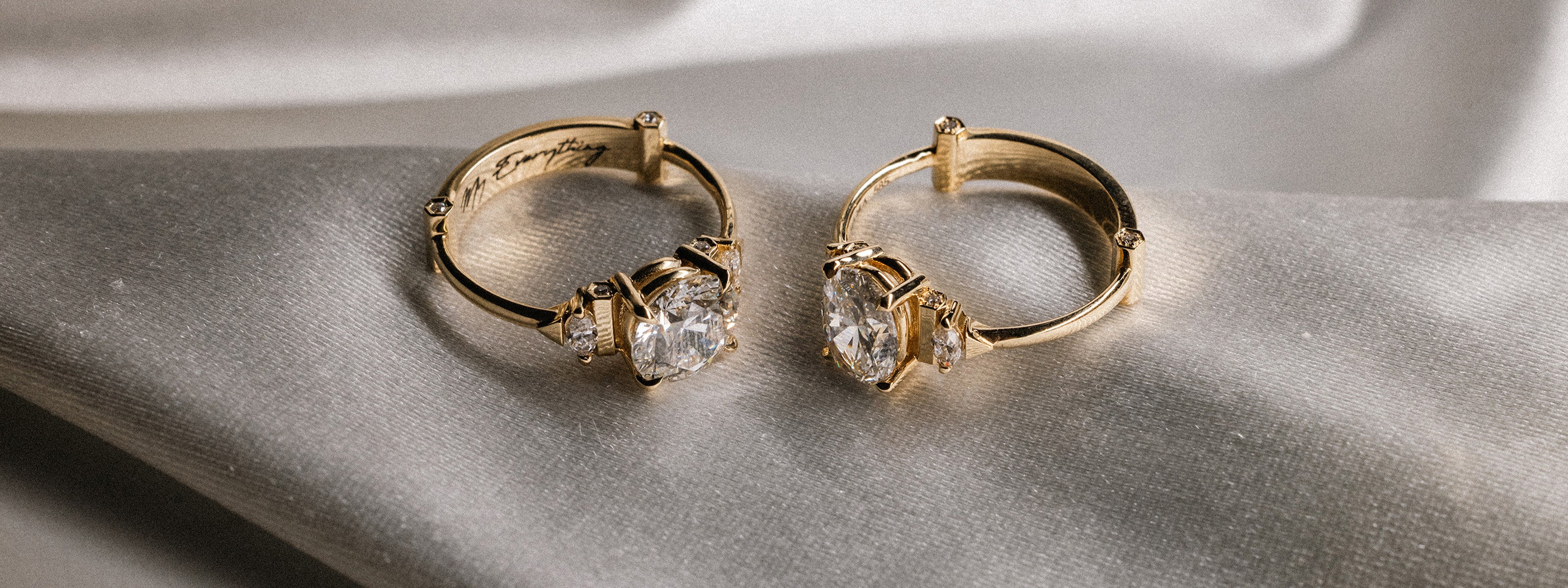The 4C's
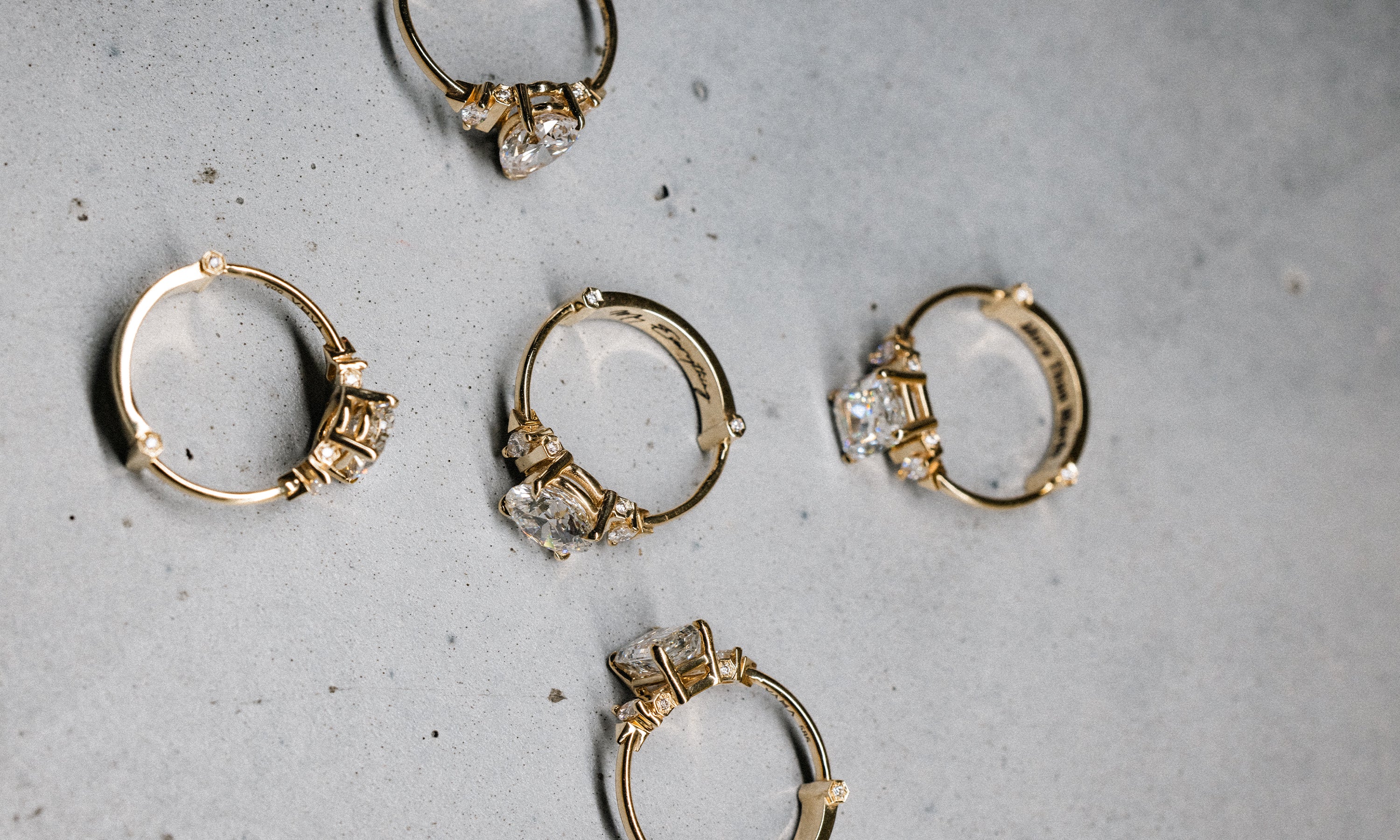
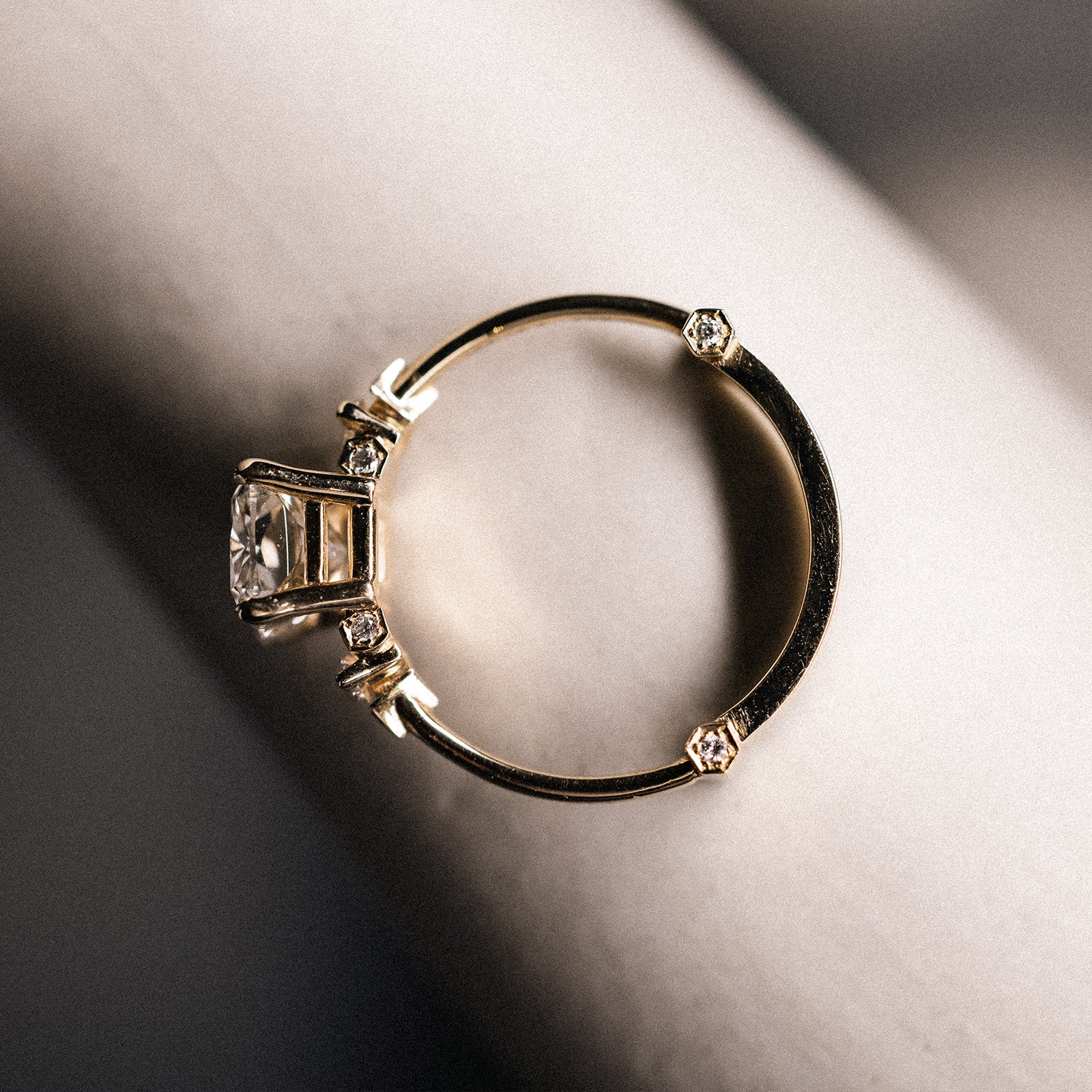
Understanding the 4C’s - Cut, Color, Clarity, and Carat.
First thing's first.
It’s easy to be distracted by beautiful design and overall aesthetic, but when it comes to finding something truly special, it’s all about the details.
WE'RE HERE TO TAKE YOU STEP BY STEP WITH THE BASE GROUND OF DIAMOND GRADING.
This page is about 3 minutes reading and going to give you a ton of added value once you start your diamond shopping.
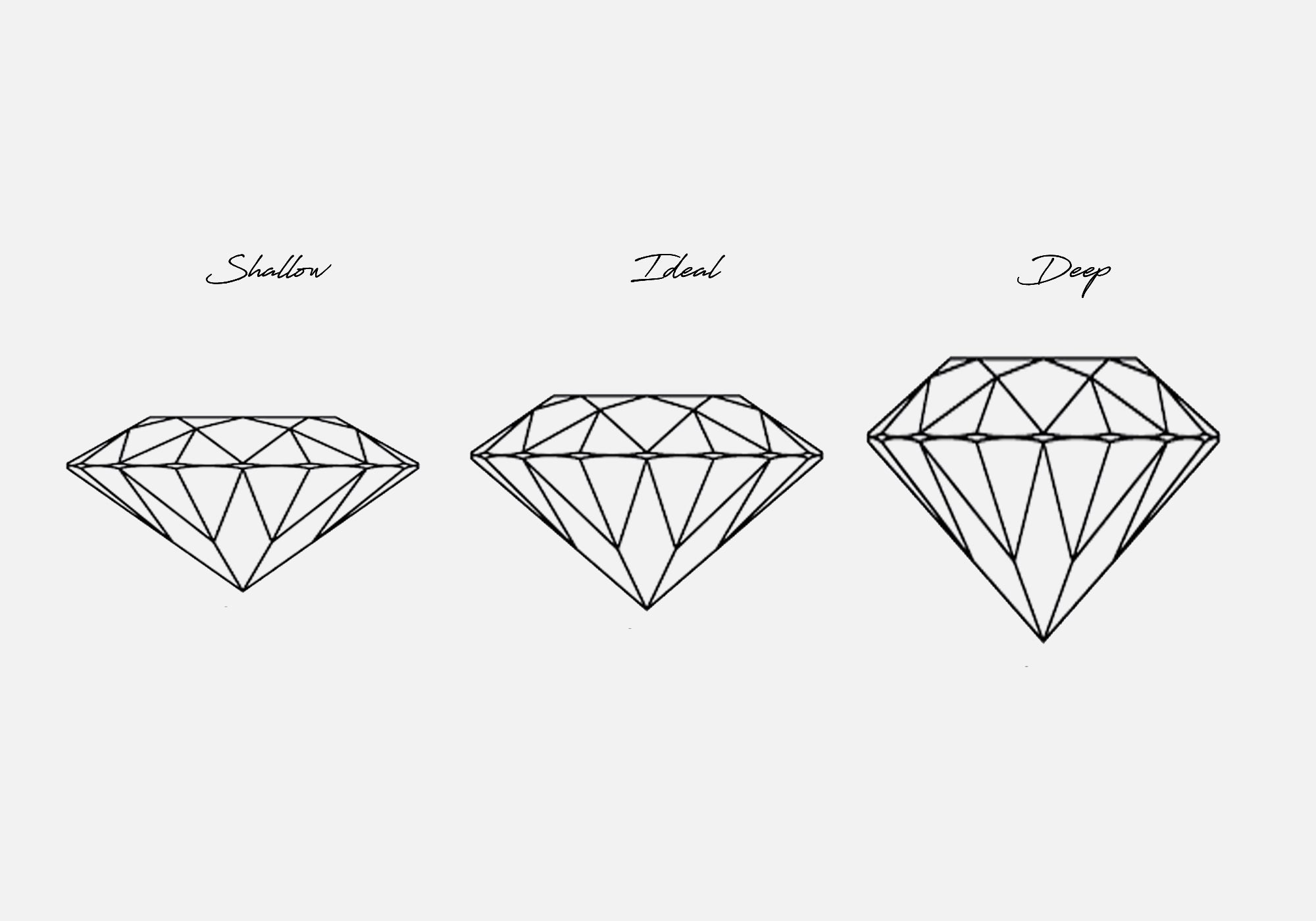
1.
CUT
A diamond’s cut refers to the arrangement of its facets. The cut is considered to be the most important part of a diamond ring. It is what delivers the diamond’s brilliance.
There are two typical cut styles: brilliant, which is a mix of triangular and kite-shaped facets, or step which is composed of rectangular facets.
The cut is determined by the diamond’s “face-up” appearance, as well as its balance of proportions, durability, polish, and symmetry.
Top facet and depth may differ from stone to stone. One might look too shallow and will not shine at all and another might shine nicely but be too deep in cut.
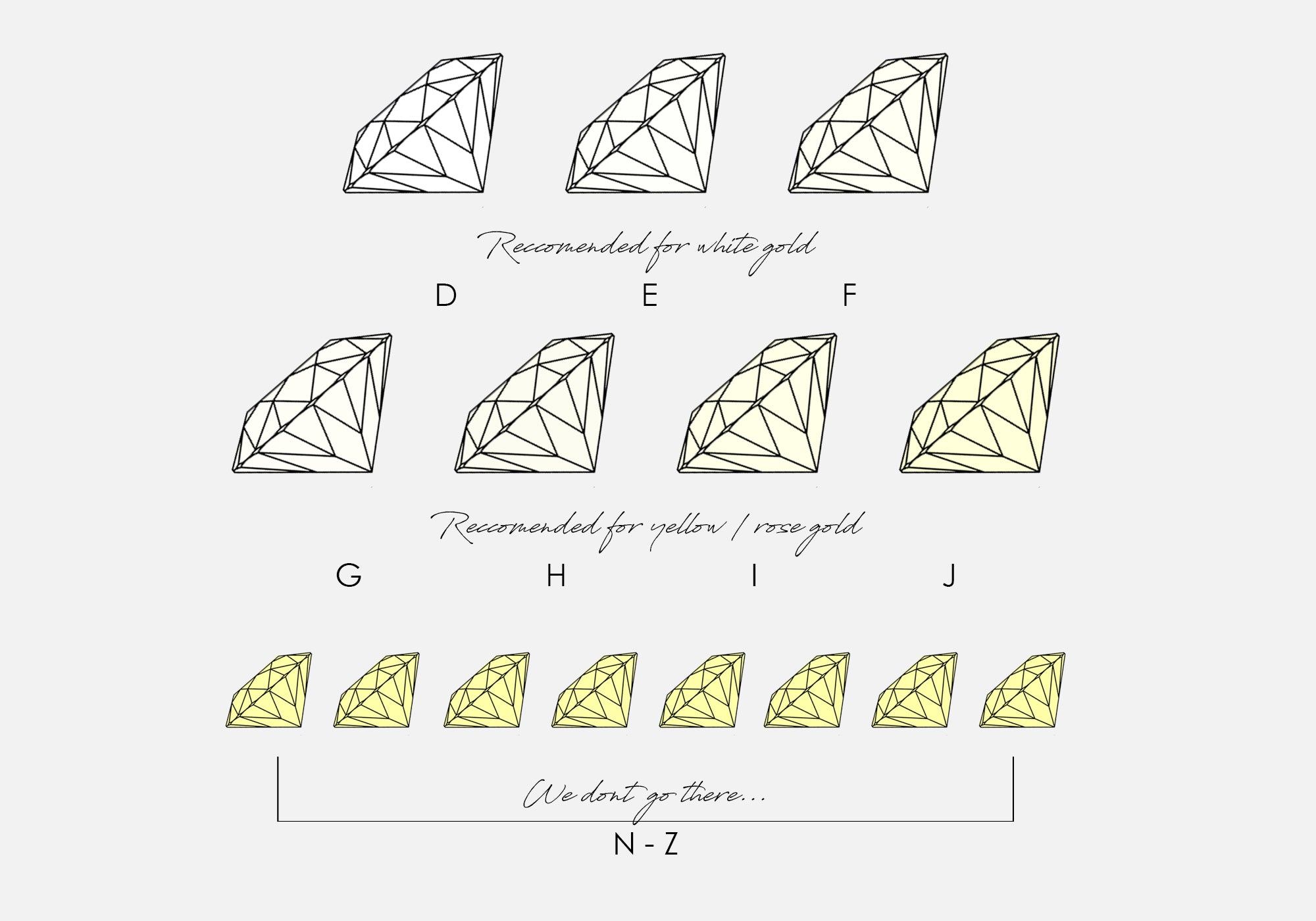
2.
COLOR
The color of the diamond is determined by a grading scale of D (colorless) to Z (faint yellow.) D rated diamonds are colorless and white, meaning they are rare and significantly higher in price. D-F rated diamonds are the most desired diamonds.
For faintly colored diamonds (H-J) we recommend setting with yellow gold. For more colorless diamonds (D-G), we recommend setting with white or rose gold pieces.
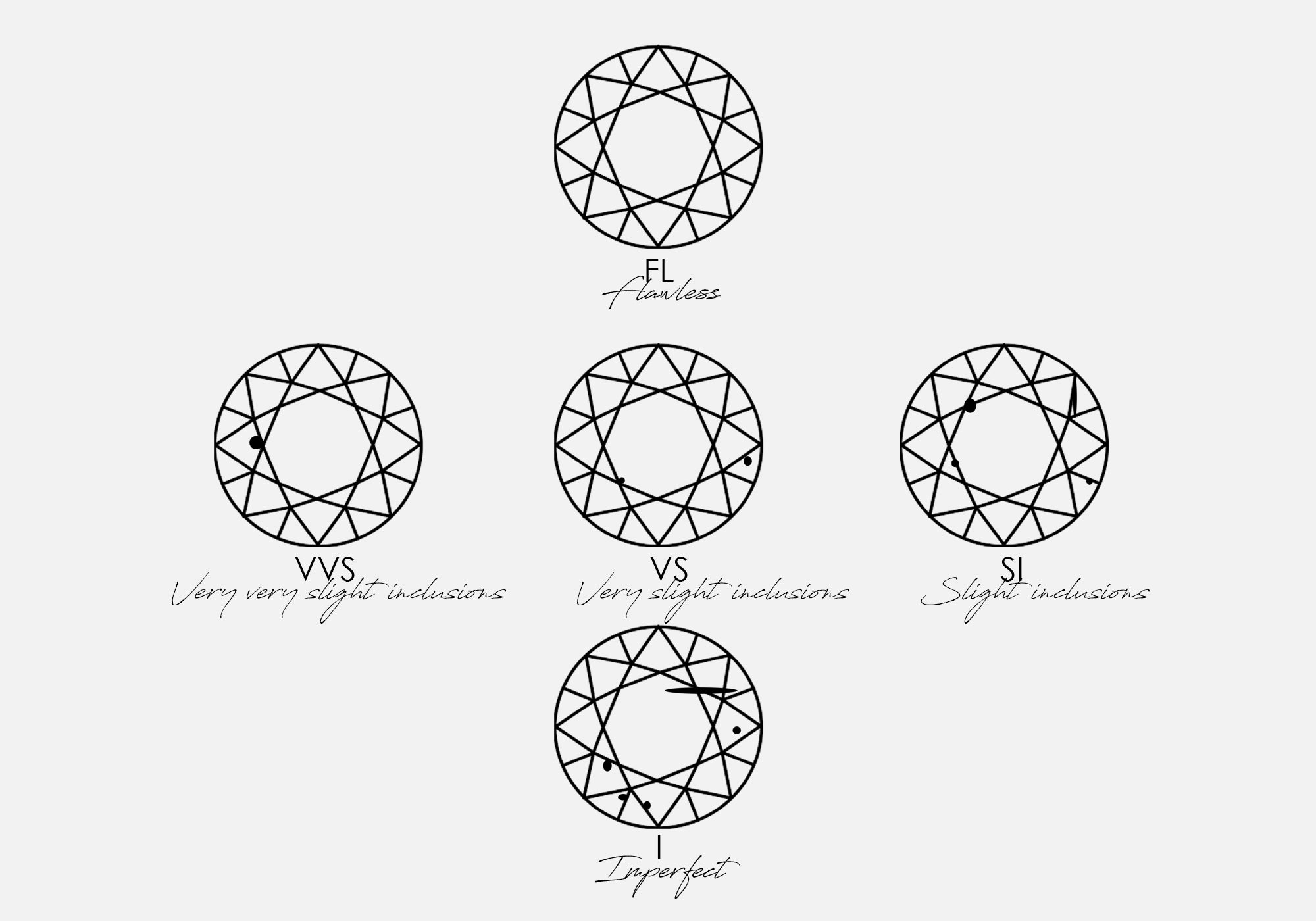
3.
CLARITY
The clarity of a diamond refers to the visual internal spots and lines inside a diamond. Clarity is determined by the number of inclusions in the diamond and is difficult to notice without the help of a magnifier.
Inclusions occur naturally during the diamond growth process and impact how “cloudy” a diamond appears, as well as how light passes through the stone. This is what makes each diamond unique.
Important factors when assigning a diamond’s clarity grade:
The size and number of imperfections
The position of the imperfections inside the diamond
The noticeable contrast between the imperfections and the diamond itself
A clarity grading of VS2 or above means there is no visible-to-the-eye inclusions, delivering maximum brilliance.
A clarity grading of SI/2 means there are inclusions that vary depending on the diamond cut and shape
We can help you select a stone that might be graded low SI but with unseen imperfections, or ones that can be easily hidden after setting.
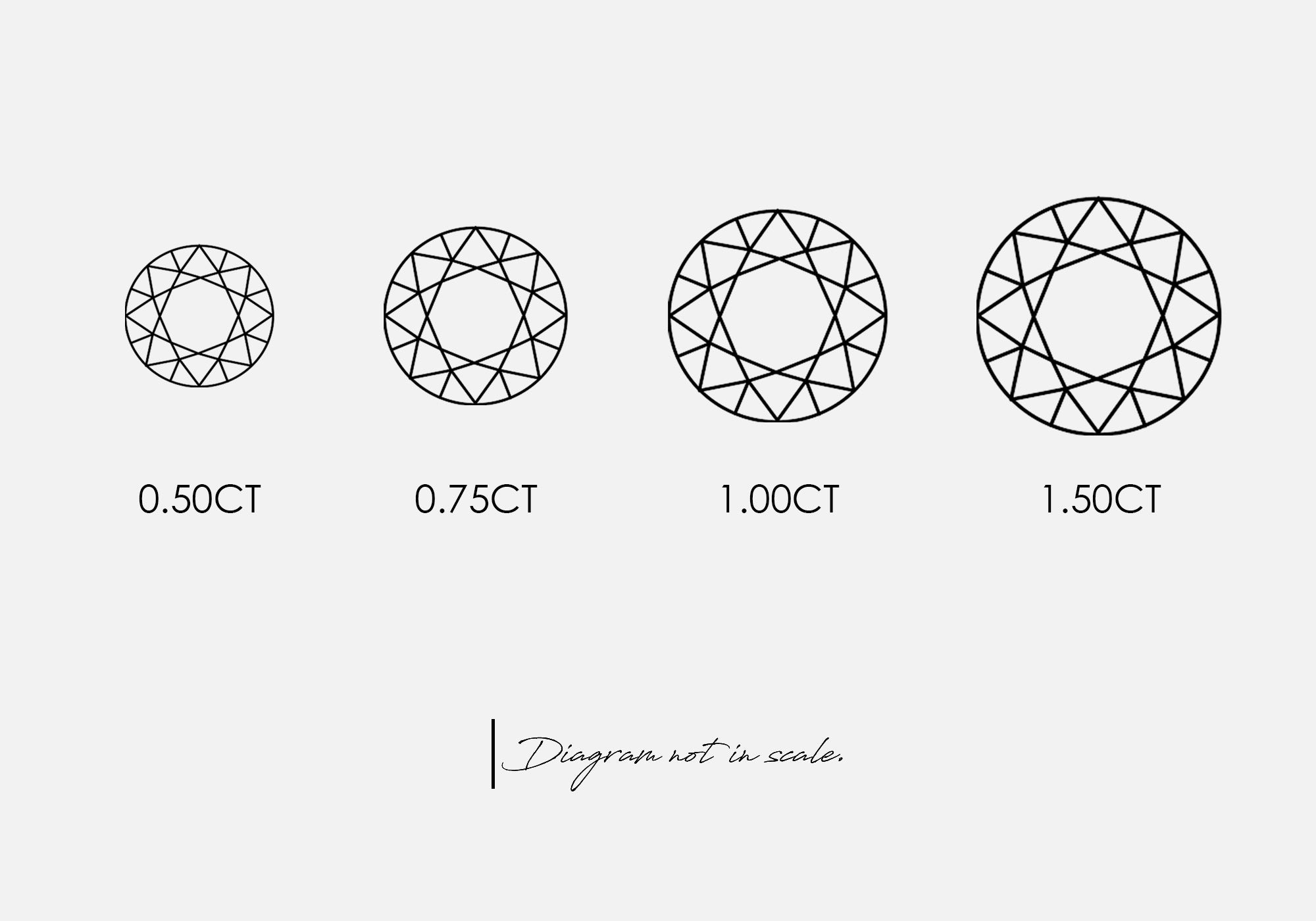
4.
CARAT
The carat refers to the diamond’s weight, NOT the size. One (1.000) diamond carat is 0.2 grams.
When it comes to Carat, bigger isn’t always better. The way a diamond is cut is what influences its appearance, NOT the weight alone.
For example, a higher carat diamond with a poor cut can appear smaller than a lower carat diamond with a high-quality cut.


